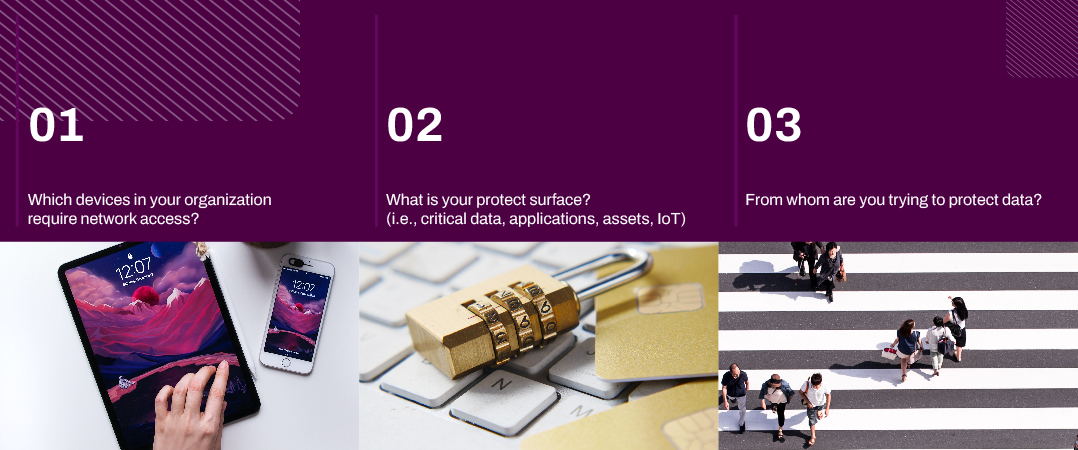*Updated – Originally published March 09, 2016*
For many print management solutions, security and convenience are considered mutually exclusive. You can have secure mobile printing and secure document printing (provided those features are offered at all), but that security comes at the expense of ease of use. Just to print a document, end users have to fuss with passcodes and jump through multiple hoops—which, paradoxically, makes them less likely to actually make use of the features in their supposedly secure printing software. Even worse, these features are often included at additional cost. That means you’re paying for features that your employees don’t use.
At PrinterLogic, we know security and convenience are actually directly linked. Or to put it another way: secure printing software is only as strong as your end users’ willingness to use it.
We’ve given a lot of thought to the printing habits of everyday users and the ideal way to integrate secure printing features into their normal workflow. And we came to the conclusion that secure printing has to be easy, seamless, and—most importantly—incredibly secure in order for it to have maximum effect. That’s why PrinterLogic combines features like secure mobile printing and secure release printing with seamless integration into your existing print environment, offering the flexibility to accommodate any printing workflow.
PrinterLogic allows you to choose from multiple secure printing release methods:
- Badge/card reader: End users can release their print jobs at the local printer using your existing badge system. A badge reader situated next to the printer or embedded in the printing device will release the queued print jobs associated with the scanned badge.
- Browser-based release: With this method, print jobs can be released using any device capable of running a browser—including PCs, Macs, Chromebooks and mobile devices. End users can access PrinterLogic’s web-based app to release print jobs using their own devices from anywhere in the organization. Alternatively, an inexpensive iOS or Android device can be permanently placed near the secure printer.
- Embedded control panel: By installing the PrinterLogic app directly onto a supported printer, users can log in and release their print jobs right from the device’s LCD. This method is extremely straightforward because it doesn’t require any additional hardware.
- Mobile Release: Using the PrinterLogic Mobile App (available on iOS and Android), end users can log in, select their print job from the queue, and release it to the printer of their choice.
In all of these scenarios, PrinterLogic’s secure printing software enables users to initiate print jobs using a specific printer driver to a single printer—thereby maintaining all functionality native to the driver and ensuring the integrity of the print job. The crucial step is the release command, which has two important roles:
- Print jobs cannot be authorized to be executed by anyone other than the user who initiated them.
- Those jobs are only released when the user is present at the printer, so the documents are not left in the output tray—and viewable to anyone—for any length of time.
Better still, secure document printing with PrinterLogic isn’t limited to one manufacturer or any single type of print environment. You can use it in any PC/Mac setting and with a whole range of devices. Your IT team will appreciate that platform and manufacturer agnosticism. Your users will appreciate the simplicity. And your organization will love the security.
